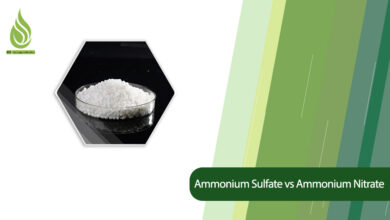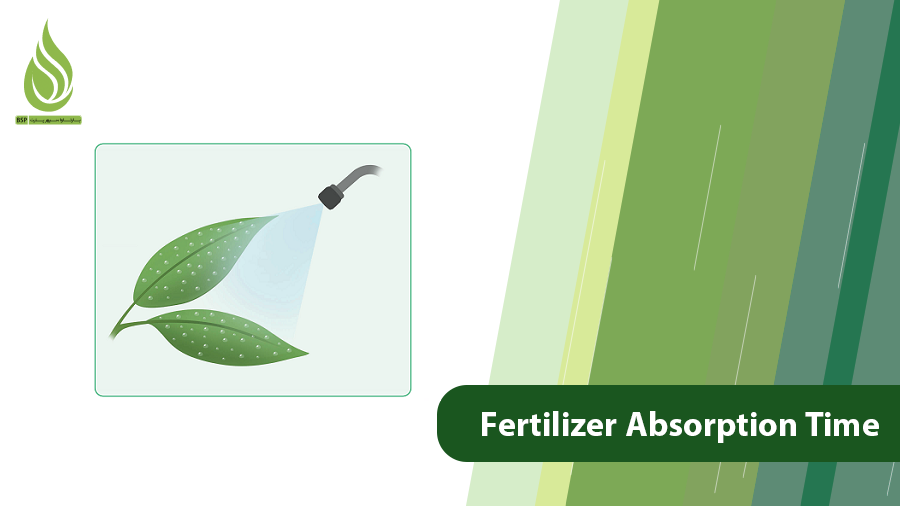
What Is Fertilizer Absorption Time? (Liquid, Crystal, Granular, Etc.)
Fertilizers play a critical role in plant nutrition and the overall success of agricultural production. Among the many factors that determine how effective a fertilizer will be, one of the most important is how long it takes for plants to absorb it. Understanding fertilizer absorption rates helps farmers and gardeners choose the right product and apply it at the right time. Done correctly, this knowledge not only maximizes crop yield but also prevents waste and reduces environmental impact.
Let’s explore how long it takes for different types of fertilizers, liquid, crystalline, granular, powdered, and organic, to be absorbed by plants.
Why Fertilizer Absorption Time Matters
In farming and horticulture, timing is everything. The speed at which a fertilizer is absorbed determines whether a plant gets the nutrients it needs at the right stage of growth. Some fertilizers are absorbed almost immediately and provide a rapid boost, while others take weeks or even months to release their nutrients.
Knowing these differences is key to making informed decisions. Here are the main reasons why absorption time is so important:
- Optimizing Fertilizer Use
When farmers understand how quickly different fertilizers work, they can fine-tune both the application rate and timing. This prevents overuse, reduces waste, and ensures nutrients are available exactly when the crop needs them. - Maximizing Nutritional Efficiency
Each crop has unique nutritional demands during its growth cycle. Choosing the right fertilizer form ensures plants absorb nutrients at the correct stage, whether they need an immediate boost or steady feeding over time. - Managing Weather and Environmental Conditions
Rainfall, humidity, and soil moisture directly affect fertilizer absorption. For example, applying a fast-acting fertilizer right before heavy rain can lead to leaching and wasted nutrients. Understanding absorption rates helps growers plan around environmental conditions.
Ultimately, knowledge of fertilizer absorption translates into healthier plants, higher yields, and more sustainable farming practices.
Fertilizer Absorption Time for Different Fertilizers
1. Liquid Fertilizers: The Fastest Option
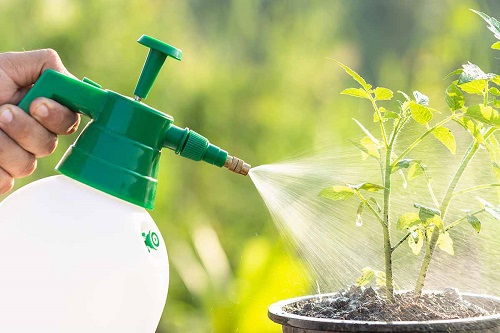
Absorption Time:
Liquid fertilizers are among the fastest-acting types because they dissolve easily in water. When applied as a foliar spray, nutrients can be absorbed through the leaves in as little as 30 minutes to 72 hours.
When applied via irrigation systems to the soil, root absorption generally takes 3 to 7 days, depending on the soil type and plant condition.
For example:
- Nitrogen from liquid fertilizers can be absorbed within 30 minutes to 2 hours.
- Potassium typically requires 10 to 24 hours for full uptake.
Advantages:
- Rapid absorption and visible results
- Useful when soil conditions are poor
- Reduced nutrient loss compared to slow-release forms
Disadvantages:
- Nutrients are used up quickly, requiring repeated applications
- Incorrect use can cause leaf burn
2. Crystal Fertilizers
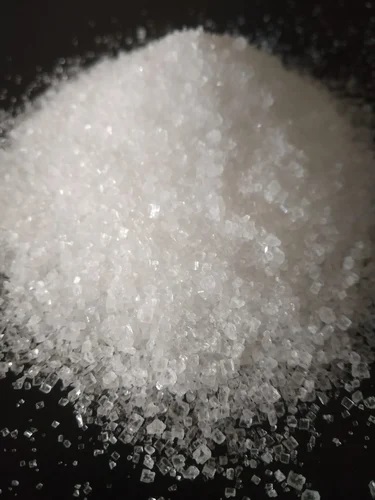
Absorption Time:
Crystal fertilizers are produced as small, transparent granules that dissolve in water. They can be applied through both foliar spraying and irrigation.
- When applied as a foliar spray, absorption occurs within 1 to 3 days, similar to liquid fertilizers.
- When applied to the soil through irrigation, nutrients are usually available to plant roots within 7 to 14 days.
We suggest you also take a look at our guide to crystal fertilizers characteristics.
Advantages:
- Highly soluble and easily absorbed
- Compatible with drip irrigation systems
- Provides quick access to nutrients
Disadvantages:
- Risk of clogging irrigation lines if not dissolved properly
- Must be carefully dosed to avoid plant damage
3. Granular Fertilizers: Steady, Long-Term Feeding
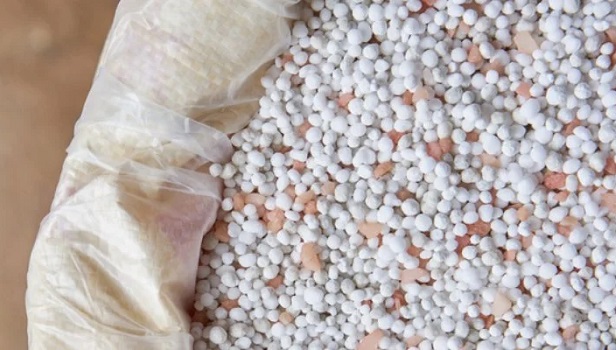
Absorption Time:
Granular fertilizers come in small pellets that can be chemical, organic, or a blend of both. Granular fertilizer characteristics are slow release and steady nutrient content.
Instead of being absorbed in hours or days, granular fertilizers release nutrients gradually over 2 to 4 weeks, sometimes longer. This makes them especially valuable for fruit trees, perennial crops, and long-term soil improvement.
Advantages:
- Provides a consistent nutrient supply
- Reduces the risk of nutrient leaching and loss
- Easy to spread evenly across fields
Disadvantages:
- Too slow for crops needing immediate nutrition
- Cannot quickly correct deficiencies
4. Powder Fertilizers
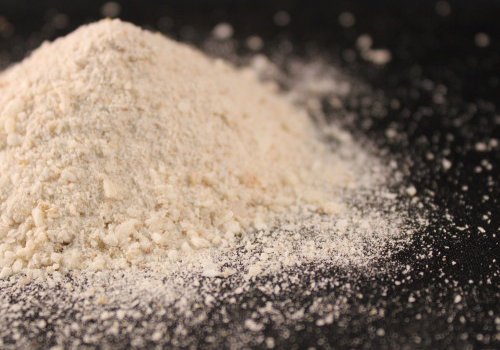
Absorption Time:
Powder fertilizers consist of fine, dry particles. When dissolved in water, they behave much like liquid fertilizers, offering relatively quick absorption.
- Through irrigation systems: absorbed in less than 1 week.
- Applied directly to soil: takes more than 1 week, depending on soil moisture and microbial activity.
Advantages:
- Can be mixed with other fertilizers or micronutrients
- Flexible for irrigation systems
Disadvantages:
- Slower than liquids or crystals if not dissolved
- Risk of soil residues if applied incorrectly
5. Organic and Manure-Based Fertilizers
Absorption Time:
Organic fertilizers such as manure, compost, or plant-based amendments release nutrients much more slowly than synthetic fertilizers.
Depending on the material, it can take several weeks to several months before plants fully benefit from the nutrients. This is because organic matter must decompose and be broken down by soil microbes first.
Advantages:
- Improves soil structure and water-holding capacity
- Encourages beneficial microorganisms
- Long-lasting soil fertility benefits
Disadvantages:
- Nutrient release is slow and unpredictable
- Not suitable for quick nutrient correction
Comparison of Fertilizer Absorption Time in Types
| Fertilizer Type | Approximate Absorption Time | Key Feature |
|---|---|---|
| Liquid | 1–3 days (foliar), 3–7 days (soil) | Fastest effect |
| Crystal | 1–3 days (foliar), 7–14 days (soil) | Quick results |
| Granular | 14–30 days | Slow, steady release |
| Powder | < 1 week (irrigation), > 1 week (soil) | Moderately fast |
| Organic/Manure | Several weeks to months | Long-term improvement |
Factors That Influence Fertilizer Absorption Time
Several variables affect how quickly plants absorb nutrients. The main ones include:
- Type of Fertilizer: Liquids and crystals dissolve quickly, while granular and organic fertilizers are slower.
- Nutrient Composition: Different nutrients move through plants at different speeds. For example, nitrogen is absorbed much faster than phosphorus.
- Application Method: Foliar spraying delivers nutrients directly to leaves for fast absorption. Soil applications take longer since nutrients must dissolve and travel to roots.
- Soil pH: A balanced pH improves nutrient availability. Too acidic or too alkaline soils can block the absorption of specific elements.
- Environmental Conditions: Soil moisture, temperature, and sunlight all affect absorption. For instance, adequate moisture is essential for root uptake, and warm conditions speed up microbial activity that helps release nutrients.
- Plant Physiology: Plants with extensive root systems and fine root hairs are better at absorbing nutrients efficiently.
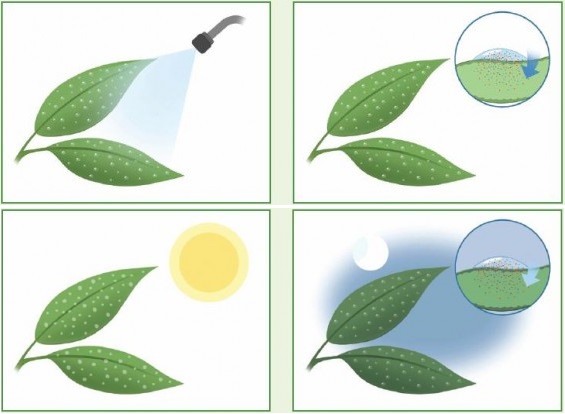
Practical Tips for Improving Fertilizer Absorption
- Choose fertilizer based on crop needs, soil condition, and timing. Use liquids and crystals for quick fixes, and granules for long-term nutrition.
- Always test and adjust soil pH before planting.
- Avoid the misconception that more fertilizer means faster absorption; overuse can burn roots and leaves.
- Do not apply foliar sprays in the heat of the day or on wet leaves; effectiveness is reduced.
- Rainfall within 24–48 hours after foliar application lowers efficiency but also helps clean leaves and reopen stomata.
- Never apply fertilizers to dry soil; water before and after application to protect roots.
- For best results, use a mix of fast-acting and slow-release fertilizers.
- When uncertain about dosage or application methods, consult an agricultural expert.
- Schedule foliar sprays for early morning or late evening when temperatures are cooler and stomata are open.
Choosing the Right Fertilizer for the Right Situation
The absorption time of fertilizers is a crucial factor in crop nutrition. By understanding how quickly different types of fertilizers work, farmers and gardeners can make better choices that improve both yield and soil health.
- For immediate nutrient deficiencies, liquid and crystal fertilizers are the best options.
- For long-term feeding, especially for fruit trees and perennials, granular fertilizers are most effective.
- For soil health and lasting fertility, organic and manure-based fertilizers are indispensable.
In practice, the most successful approach is usually a combination strategy: applying fast-acting fertilizers for short-term needs while relying on slow-release or organic options to sustain soil fertility over time.
By carefully managing fertilizer type, timing, and soil conditions, growers can ensure that plants get the right nutrients at the right moment; maximizing productivity and maintaining sustainable farming practices.
